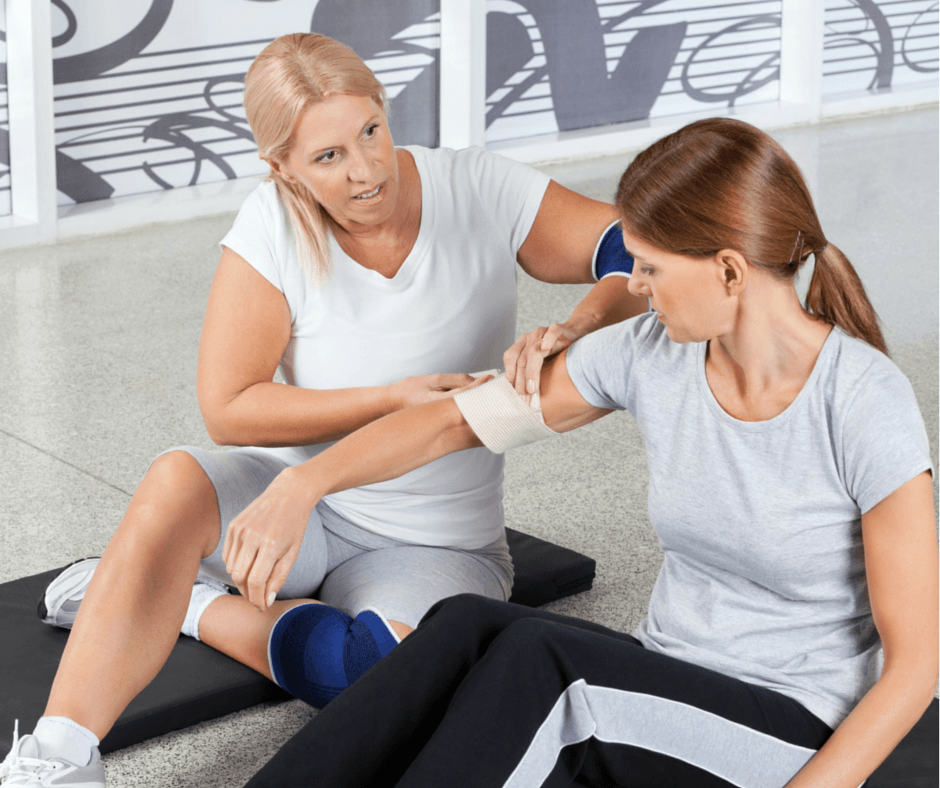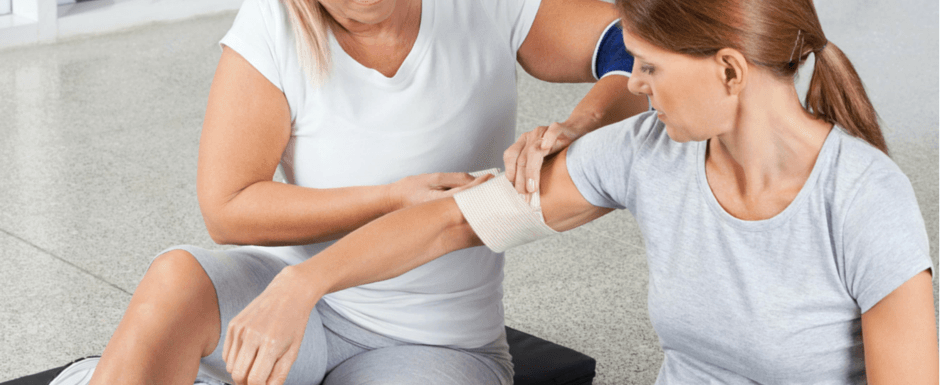 It’s universally accepted, and widely promoted by the NHS, sport supplement sellers and everyone in between, that movement and exercise are good for the mind and body. Exercise will increase your fitness, your physical health and your wellbeing, providing a whole host of long-term and short-term benefits from better weight management and improved strength and stamina to the ultimate goal – a long and healthy life, enabling you to live out your retirement in comfort.
It’s universally accepted, and widely promoted by the NHS, sport supplement sellers and everyone in between, that movement and exercise are good for the mind and body. Exercise will increase your fitness, your physical health and your wellbeing, providing a whole host of long-term and short-term benefits from better weight management and improved strength and stamina to the ultimate goal – a long and healthy life, enabling you to live out your retirement in comfort.
It’s no wonder that the gym is becoming a second home for many, though the temptation to push things just a little too far can be too much for some to resist!
As you limp into a restaurant to meet friends for dinner, it can be embarrassing to explain that your latest injury is the result of using the treadmill for a little too long or being over-enthusiastic with the free weights. So, what can be done to minimise the risk of the next minor injury or to get back on track in the shortest length of time possible?
Warming Up
Not warming up properly is one of the easiest ways to pick up a sports injury. Look around your local gym and you’ll see why issues are so common. A majority of people turn up cold from the office, starting a workout immediately with only a very short warm up in the changing room or in the first few minutes of their fitness class.
The NHS website recommends a warm up routine that takes at least six minutes, though most professionals would recommend that this should be an absolute minimum. Also worth bearing in mind is that your warm up should happen not long before you move on to your main exercise routine – waiting around for as little as 30 minutes could reduce your performance and increase your risk of injury. If you’re a runner and the threat of a strain or sprain isn’t enough to make you want to warm up properly then consider the potential that not doing so will make your race time slower and allow you to be overtaken by your closest competitor.
There are very few benefits to warming up in the office changing room, making your way to the gym and beginning your workout. If you’re not comfortable stretching your limbs in the corner of the gym then at least make sure that you’re on site before you begin those heel digs and knee lifts. The longer the gap between warming up and working out, the less you’ll feel the benefits.
Ideally, you want to warm up for at least 15 minutes, doing the same exercises again to cool down after your workout.
Can Products Help?
There are many products that are being pushed at us in an attempt to ‘sell’ an easier and more effective workout. Whether or not you find these products useful will be down to your own preference and personal taste.
One of the increasing trends has been the use of exercise tape (or kinesiology tape to use its proper name), coming into the gaze of the wider public during the 2012 Olympics. Many people swear by the tape for stabilising muscles and preventing repeat strain injuries, but it can require some knowledge to apply correctly, or it can help to have some assistance -virtually all pro-athletes have it applied by their physio.
For minor wrist and ankle strains, there are many supports available to minimise the range of movement, giving rest to the affected area. Some of these are ok to use whilst exercising, so can be good for staying on your training schedule, but some are primarily to be used when you’re resting up and recovering.
Listen to Your Body
The most obvious solution is to listen to your body. As soon as you notice a sign that there might be a problem, it’s time to take things easy. Many people get a more serious injury through continuing to pressure an existing niggle or minor injury, until it becomes worse or suddenly reaches breaking point. Often injuries build up over time, rather than suddenly appearing in a their most severe form.
What Can Help Whilst You’re Injured?
If you’re unfortunate enough to have picked up an injury then Dr. Google will become your biggest friend and your very worst enemy. Everyone online will have their own tips and recommendations to help you to manage the pain and to make the fastest possible recovery, but only you can choose what fits best with your routine, lifestyle and budget.
[thrive_text_block color=”orange” headline=”A few things that you might want to try include:”]
- Medication
- Physiotherapy
- Sports Massage
- Supports and Compression Clothing
- Circulation Aids
- Baths/Relaxed Swimming
[/thrive_text_block]
If you are using medication, bear in mind that pain relief tablets such as Ibuprofen can only mask the pain. They can be a fantastic help if you’re looking to reduce your pain whilst you rest, but might encourage you to push your body too much if you can no longer feel the warning signs. If you take a painkiller, don’t fall prey to the illusion that you’re suddenly able to go on long walks or to make your way back to the gym. The underlying problem always needs to be fixed, which is why it’s better to find a long-term solution and to learn to read your body’s signals.
[thrive_text_block color=”note” headline=””]
This post was written on behalf of Andrew Atkinson. Andrew is a director of mobility products specialists MobilitySmart and has written many articles on providing health and mobility tips.[/thrive_text_block]

Leave a Reply